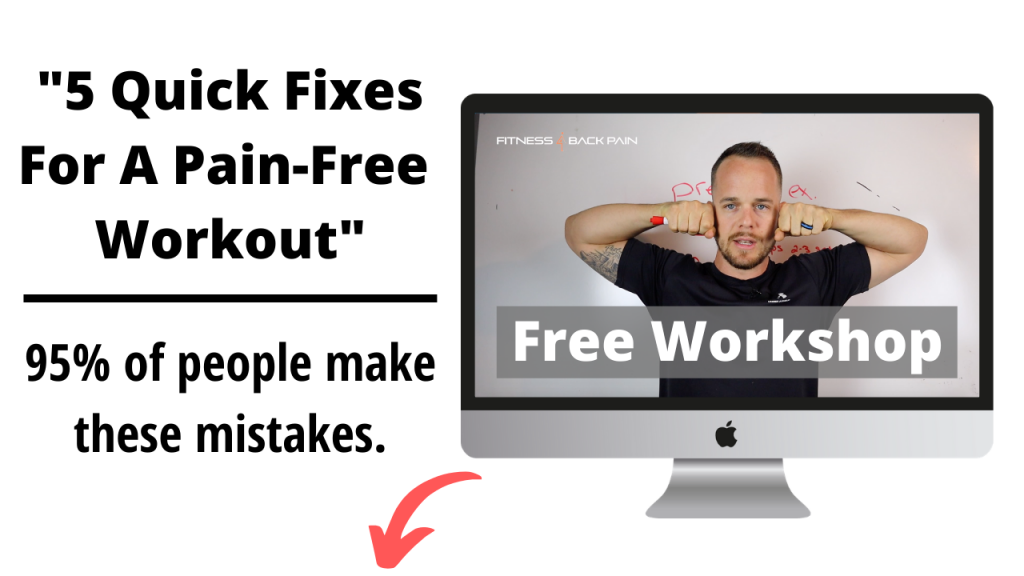The Lewit Exercise is nothing new unless you have been nerding out on abdominal wall bracing and learning how to activate the deepest layers of your core just for the fun of it 😉
It’s actually been around for a while and is used in a lot of basic rehab situations. A good coach will instruct their athlete or client on these basic fundamentals before moving on to more advanced movements like squatting or dead lifting. Even before doing exercises like dead bugs or planks this has to be perfected!

So, why am I talking to you about this? Well I discovered this exercise the other day and first thing that popped in my head was “Powerful results with little effort”. If you could make a 2 hour process only 30 minutes wouldn’t you make the switch to the easier way of doing it?
I wasn’t sure about this exercise at first until I did a little PubMed search on some recent studies done by the world renown back specialist Dr. Stuart McGill. In March of 2014 Dr. McGill and colleagues conducted a study with a handful of test subjects using this exact exercise. They were testing the effects on core stiffness in relation to stabilizing the spine to help elevate back back and other rehab functions. Using electromyography (which is basically measuring muscle contraction with electrodes) They tested these subjects after doing this exercises for a period of time. The results showed that the Lewit Exercise does support a stiffer and more rigid muscle contraction with an emphasis on the deeper abdominal muscles such as the transverse abdominals.
I kept digging and found that this exercise is actually pretty useful, its just not one of those cool mainstream ab exercises. I stumbled on this short video that I had to share!
This is what I want you to do, follow the instructions in the video and do these multiple times a day. Don’t look at this as a once a week gig like regular working out. You need to stiffen that core up asap. The more often you do it the faster your body will adapt.
Do these before anything else! You can do this while your lying in bed, watching tv or on your lunch break at work. Find time to work these into your daily routine. You don’t have to worry about breaking a sweat! Doing this exercise is going to help you make the connection needed to turn this into a habit before any type of loading or exercise.
Thanks for watching guys!
William

